Model Course
「桜」 の見どころ
<見頃:3月下旬~4月上旬…>あたたかな春を待ち続けた花々が、咲き誇り、古都を美しく、やさしく彩っています。
| Areas |
|---|
Model Course
Ukimido Gazebo
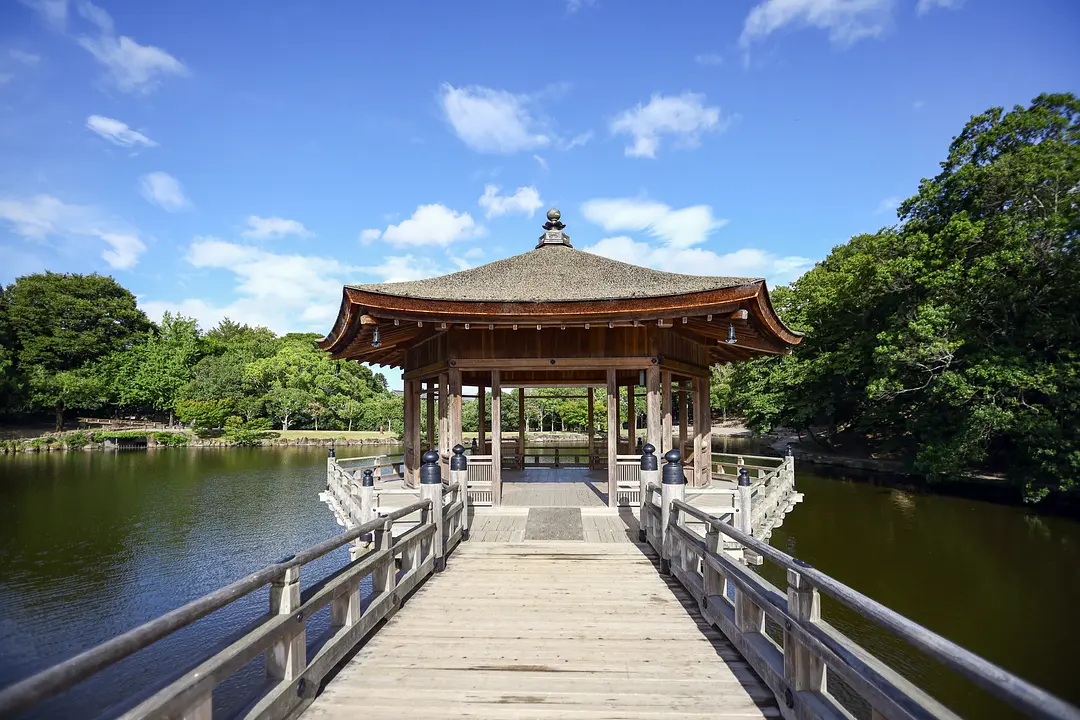
Ukimido Gazebo
This is an octagonal (hexagonal) temple with a cypress bark roof floating on Sagi-ike Pond in Nara Park. The reflection on the water's surface is beautiful, making it a place to relax by the water. The current Ukimido was restored to its beauty through three years of restoration work from 1991 to 1994, as the old Ukimido had become dilapidated. You will come across it as you walk through the Asajigahara forest from Kasuga Taisha Shrine.
Nara Park
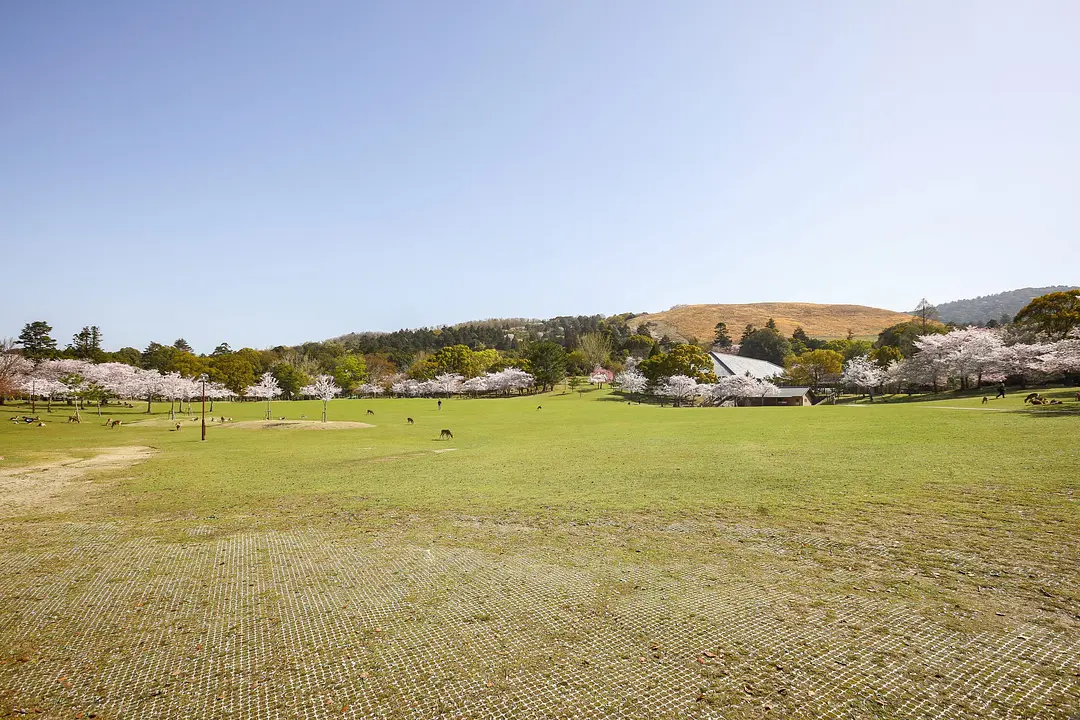
Nara Park
This vast park covers an approximate area of 660 hectares. It encompasses the eastern portion of Nara City itself, as well Kofuku-ji Temple, Todai-ji Temple, Kasuga Taisha Shrine, and Nara National Museum; an area that stretches from Mount Wakakusa to Mount Kasuga's Primeval Forest: a grand park befitting this ancient capital city.
Tobihino
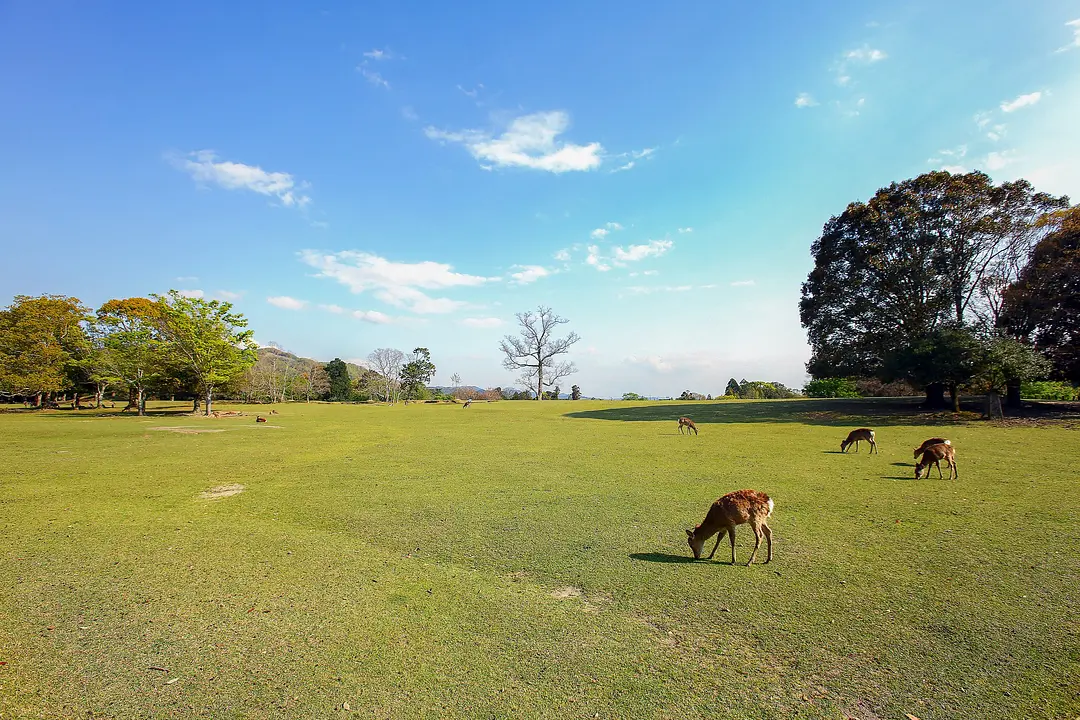
Tobihino
Tobihino, the precincts of Kasuga Taisha Shrine, is a vast field of grass facing Kasuga Taisha Omotesando. It is a great viewing point for Mt. Mikasayama, where deer are always playing in groups. Today it is called Tobihino, but in ancient times it was also called Kasugano, and was an ancient ritual site overlooking Mt.Mikasayama. The origin of the name "Tobihino" is that when Kashima Daimyojin arrived in Kasuga, his attendant, Yashiro no Mikoto, breathed fire from his mouth to light the way, and the flame never went out. It is said that it got its name because it looked like it was flying, and it is also said that it is said that it got its name from the fact that it looked like it was flying, and it is also said that flying fire means ``noroshi'', an ancient communication facility. In the old Manyo period, the aristocrats played polo, and during the Heian period, it was also known as a popular springtime spot for picking young greens and cherry blossom viewing.
Himuro-jinja shrine Nara
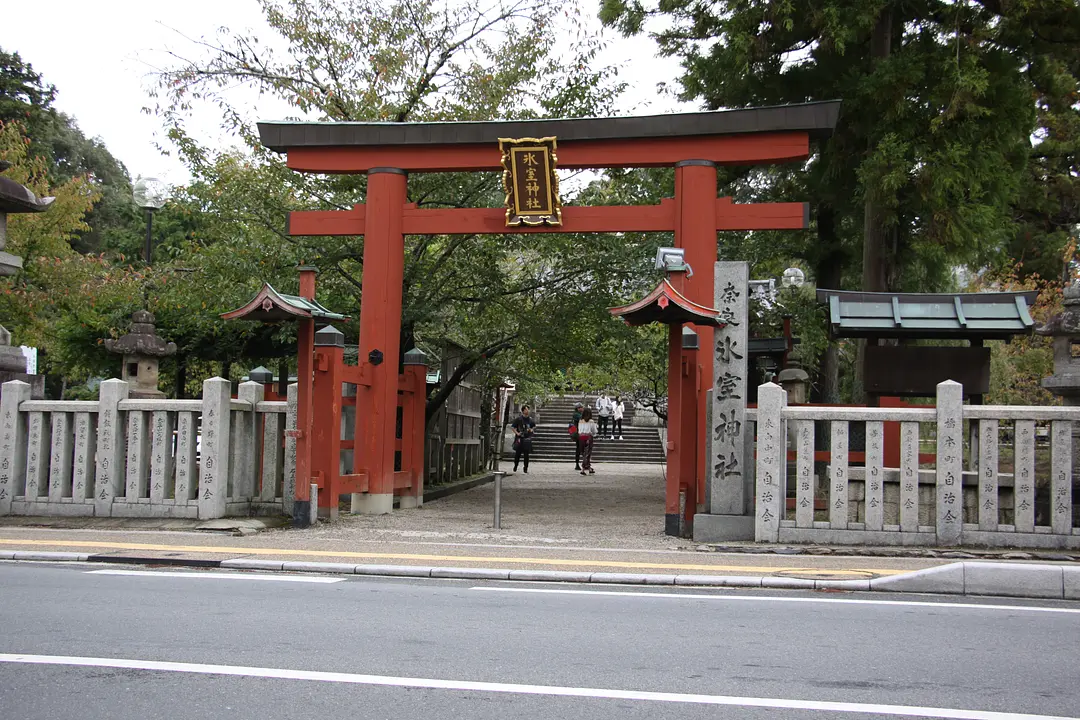
Himuro-jinja shrine Nara
It is said that the festival dates back to the Nara period, when ice ponds and icehouses were built in Kasugano with the transfer of the capital to Heijo, and rituals were held to enshrine their guardian deities and predict the summer weather, which was important for rice cultivation. Even today, people in the ice making and refrigeration industries still hold a strong faith in this area, and an ice offering festival is held on May 1st every year. At the ice festival, large icicles filled with carp and sea bream are offered in front of the shrine, and bugaku music is offered from 2:00 p.m., and general worship is allowed from the afternoon.
Kasuga Taisha Shrine Garden - Manyo Botanical Garden
Kasuga Taisha Shrine Garden - Manyo Botanical Garden
The manyo botanical garden with the longest history in Japan. Around 300 species of plants appearing in the Man-yo-shu (Japan's oldest collection of poems) are grown here, and each representative poem is written next to the plant with which it coincides. With an area of 30,000 hectares, within the botanical garden there is the “Fuji-no-sono” garden, with over 200 wisteria plants, the symbol of Kasuga Taisha Shrine, of around 20 different varieties. There is also the "Tsubaki-en" garden and the "Hana-shobu-en" garden where one can observe many precious seasonal plants of ancient times.
Gango-ji Temple
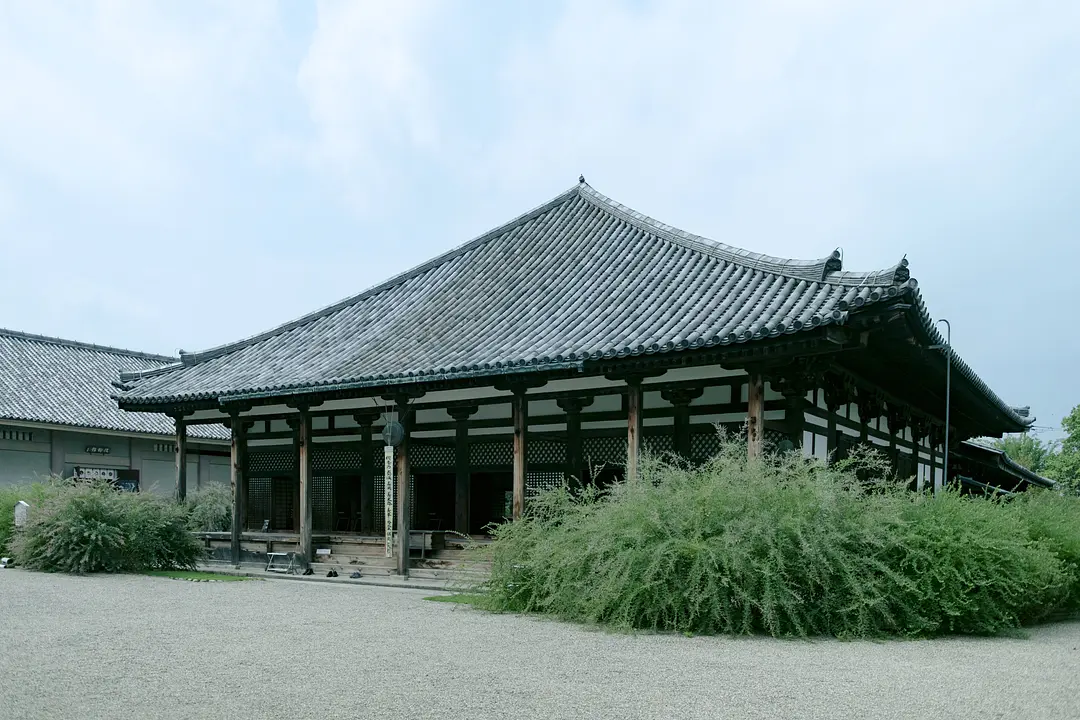
Gango-ji Temple
This edifice used to be a part of the priests' living quarters of the Gango-ji Temple, and was reconstructed as its main hall (National Treasure) and Zen hall (National Treasure) in the Kamakura period (1192-1333). The temple has attracted commoners since the Middle Ages. Numerous stone Buddhas and folk materials were discovered in the precincts. Thanks to the grand repair from the 25th to 29th year of Showa (1950-1954), we can enjoy appreciating the temple structures at the time of the Kamakura period's reconstruction. In the storehouse are a small wooden five-storied pagoda (National Treasure), a wooden sitting statue of Amida Buddha, Chiko Mandala, an abundance of articles on folk belief, and so on. (10 minutes' walk from Kintetsu Nara Station)